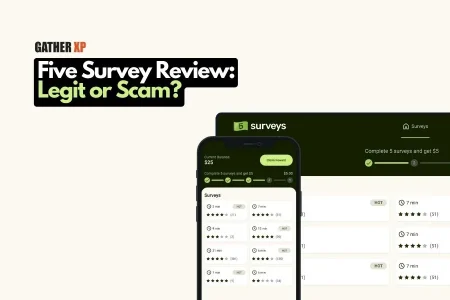The revolution that artificial intelligence (AI) has sparked in other industries has not been spared education. AI assistants are now crucial teaching tools that provide students with individualized support and enhance their learning. In this article, I compare two well-liked AI learning assistants, ChatGPT and Bard. You will see differences in each one’s capabilities, features, and efficacy to determine which one leads the field of AI-powered education. My review is based on a meticulous analysis of all the pros and cons. Read the article carefully and make the most of my recommendations.
ChatGPT: The Conversational Learning Companion
GPT-3.5 is the foundation of the sophisticated AI language model ChatGPT, developed by OpenAI. It is very good at having natural language conversations and giving responses that are similar to those of humans. ChatGPT can assist students with a range of academic tasks as an AI assistant, including responding to inquiries, elucidating concepts, providing study materials, and offering tailored advice. Due to its ability to comprehend context and generate coherent responses, it is a useful tool for interactive learning experiences.
When you deal with numerous academic assignments in various subjects, you might start feeling overwhelmed. That is when you might ask yourself, ‘Where can I find help to Write My Essays AI?’ Do your due diligence to identify a reliable resource and enjoy the benefits of all the tools available.
Bard: The Knowledge Navigator
Carnegie Mellon University developed an AI assistant called Bard with an emphasis on education. It makes an effort to enhance students’ learning by providing accurate and reliable information from reliable sources. The ability of Bard to distill massive amounts of data and offer concise, in-depth responses is one of its strengths.
It is a comprehensive study companion because it offers help with a variety of subjects, including science, literature, and history. You can confidently rely on it, just like many other students do.
Capabilities and Features
Both ChatGPT and Bard offer unique features and functions that cover a range of educational topics. The conversational format of ChatGPT makes it possible to provide individualized support and engage in lively exchanges. Its broad knowledge base and capacity for explanations make it appropriate for a range of subjects and topics. However, due to its emphasis on providing accurate information from reliable sources, which ensures the quality of its responses, Bard is a reliable source for fact-based questions.
Effectiveness in Educational Settings
To evaluate the efficacy of AI assistants in education, it is necessary to examine the impact that they have on student learning outcomes. ChatGPT’s conversational format promotes participation and is particularly useful for facilitating discussions and providing prompt feedback. By being able to accommodate various learning preferences and styles, it enhances the personalized learning experience. Students are encouraged to think critically and can easily access reliable resources because Bard focuses on precise information retrieval, which enhances their research skills.
AI assistants are also great resources for you to improve writing skills. As you keep using them, you should keep an eye on how they structure responses. There is a lot to learn from AI-powered tools, and you should never miss this opportunity.
Limitations and Areas for Improvement
ChatGPT and Bard both have flaws despite their advantages. ChatGPT’s responses could occasionally be lacking in precision or depth because the model depends on pre-existing data. On occasion, it might provide false or misleading information.
Although accurate, Bard occasionally provides responses that lack the conversational fluency that some students find less engaging. Furthermore, both AI assistants might struggle with complex or nuanced topics that demand careful comprehension or critical thinking.
The Future of AI Assistants in Education
As AI technology advances, AI assistants like ChatGPT and Bard will probably become more intelligent and effective. Future work might focus on improving their accuracy, broadening their knowledge bases, and improving their communication abilities.
By incorporating AI assistants with already-existing educational platforms and tools, it is possible to combine the benefits of both human instruction and AI support to produce a seamless learning experience.
Bottom Line
While both ChatGPT and Bard offer useful AI learning support, the best AI assistant to use will depend on your unique educational needs and preferences. ChatGPT is a fascinating partner for interactive learning exercises due to its conversational style and adaptability.
However, because it places a strong emphasis on accurate information retrieval and the development of research skills, Bard is positioned as a reliable knowledge navigator. In the end, choosing between ChatGPT and Bard comes down to personal preferences, instructional strategies, and learning objectives. Adopting AI assistants in the classroom can increase student autonomy and open up new possibilities for personalized learning.







